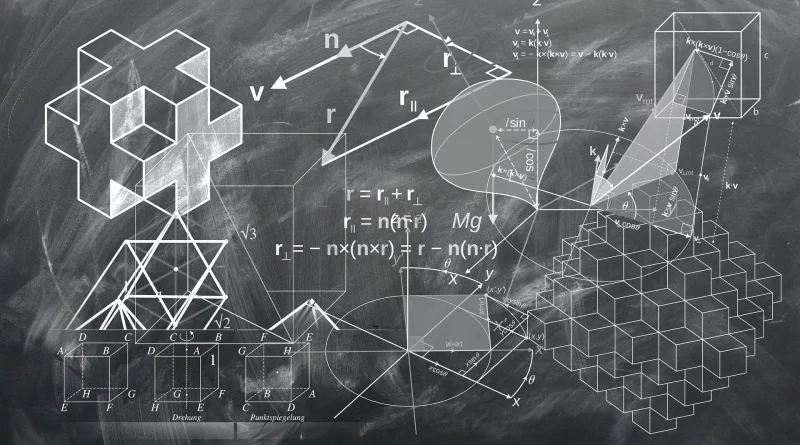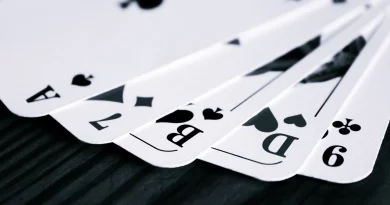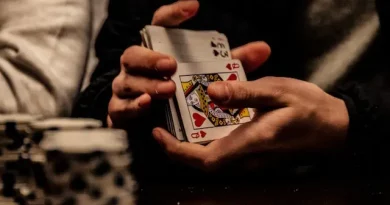Is dice control real?
Most casino players constantly look for ways to maximize their winnings, developing complex strategies that minimize their reliance on luck. It can prove quite hard when it comes to dice-based games, though. How to ensure you get the results you want when playing craps or other similar games? Dice control is an interesting, but controversial concept – find out how to control dice and if it’s even possible.
The history of dice and dice-based games is impressively long – the first usages of dice probably come even from before the ancient era. However, the basic concept hasn’t changed even a bit: the goal is usually to throw a six-sided cube, with each side having a different number printed. Whether the result has to be a specific value, the highest number, or the lowest number, is irrelevant at this point – what’s important is that dice throws are considered almost completely random.
However, a dice throw is subject to laws of physics, so it can be reasonably expected that the outcome can be predicted based on the current conditions, the starting position, or the power behind the throw. Thinking about it might lead to a very interesting question: is dice control real? Giving a direct answer is surprisingly difficult – it has been a controversial topic in the gambling community for a long time. Both sides have their arguments, and some even propose their proofs one way or the other.
You can come across many dice control tips both online and from fellow casino users. Whether or not you believe in the general concept, it’s worth it to try figuring out how to control dice rolls. The worst thing that can happen is that you place a fully random throw if your methods don’t work – and if you assume that dice control is real, you’d be on an even playing field with other players in that situation. How to control dice in craps and similar games?
How to control dice?
There are a few rules of craps dice control that come up pretty consistently between different sources. They’re all generally tied to the physical properties of the dice – theoretically it would be possible to calculate the exact path of a die being thrown, so there’s some merit to the various dice control tips.
A well-executed dice control throw focuses primarily on reducing the randomness, which is achieved mostly through making sure that the dice don’t move too much. The usual goal is to keep them as parallel to the table as possible, to limit wobbling and rotating, as well as to avoid any obstacles on the way. A vital part is also keeping the starting position constant – a dice control craps dice setting chart can help out in that part of the strategy. As a result, you can optimize the chances of the dice landing on your expected results more often in the long run.
When it comes to dice control, sets of tips can be easily found online in the form of tutorials or videos. Feel free to explore and try out the various approaches – remember to note down your results while you’re practicing, so you can determine if the dice control tips are useful.
Dice control in craps – is learning it worth it?
Whether dice control is real or not, it’s not a bad idea to keep practicing to get the perfect shots as consistently as you can. Assuming a starting point of completely random throws, the advantage is fully on the casino’s side – and there aren’t too many ways available for the players to make their chances better. However, dice control in craps and similar games is a way to do exactly that. Even if you boost your odds just a little, it can be enough to ensure profit in the long run.
Craps dice control – how do casinos protect against such strategies?
One major obstacle in implementing a craps dice control strategy is a requirement for the dice to hit the wall after a throw, imposed by most casinos. It has been introduced as a countermeasure for any method of ensuring your dice land on the numbers you want. Because of that, you have to consider not only the initial path of the throw but also how the dice will react after hitting the wall, which is considerably more difficult. Consequently, most players don’t attempt to use dice control in craps in a casino – but there’s still a significant number of those who try.
When did the concept of dice control show up?
The person usually considered the ‘founder’ of the modern idea of dice control is a man known as ‘the Captain of Craps’ – a player from Atlantic City who is reported to have won large sums in the game during the 1970s and 1980s. He declared that certain players, referred to as ‘rhythmic rollers’, can indeed get an advantage over the casino by finely placing their throws. His idea of a dice control throw includes setting and gripping the dice in a specific way, as well as throwing them in a soft arc. What’s interesting is that ‘rhythmic rolling’ also includes a backspin, which increases the stability of the dice in flight. We also suggest you check out our guide on how to play craps.
SRR, or how to calculate if your dice control strategy works
As any craps player will know, you win on a throw which results in a total of 7 or 11 on the two dice. The number of throws resulting in a seven is often used as a way to measure a player’s success. It’s usually called SRR, meaning ‘seven-to-rolls ratio’. Assuming a fully random game of craps, you’d expect an SRR to be exactly 1:6 – that is, you should get seven every six throws on average.
How does that number relate to dice control? It can be used as the baseline, or the benchmark to compare your rolls against – if you score sevens more often than once per six throws, it means you know how to control dice rolls. However, a major issue in developing a dice control strategy is having to make an enormous number of throws before coming to any valuable conclusion. In general, you’d have to roll the dice at least ten thousand times to eliminate any random noise and see if your methods work. It certainly won’t hurt to try, though – you definitely won’t come out worse off than if you hadn’t tried to learn dice control.
FAQ
Dice control refers to the technique of throwing dice in a manner that influences the outcome of the roll in games like craps. This technique aims to reduce randomness and increase the chances of the dice landing on a desired number or combination. However, the concept of dice control is controversial, and its effectiveness is still debated among gamblers.
Yes, dice control is legal as it is a skill rather than a device or a form of cheating. There are no rules against throwing dice in a certain way to impact the result. However, casinos have measures like requiring dice to hit the wall of the table after being thrown, which adds another layer of randomness.
SRR stands for ‘seven-to-rolls ratio’. This is a number used to measure a player’s success in dice control. In a completely random game of craps, an SRR of exactly 1:6 is expected, meaning that a seven should theoretically appear every six throws. If sevens occur more often, it might suggest that the player is succeeding in dice control.
No, dice control is not possible in online casino games as these games use a random number generator (RNG) to determine the outcome of a dice roll. This ensures that each roll is independent and completely random, making it impossible to influence the outcome.




